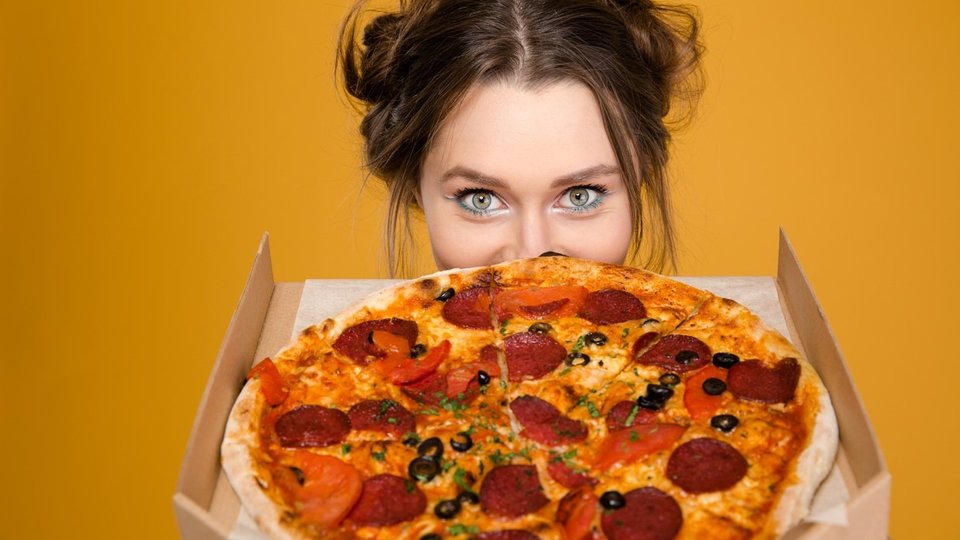Marketing
Loyalty: Why pizza patrons want it, plus what they want in it
The presence of a loyalty program is becoming "the price for entry" into any restaurant brand's game. Pizza customers, in fact, expect their favorite brand to have this positive reinforcement tool on board, but not just any rewards program will do.

July 8, 2021 by Brittany Maroney — Sr Product Marketing Manager, Punchh
When the granddaddy of all limited-service brands, McDonald's, finally relents and initiates a loyalty program for its customers, as it did today, restaurant operators should no longer harbor any doubts that this tool has become a prerequisite for capturing diners and keeping them.
Beyond that though, loyalty rewards programs are triggering a new wave in restaurant marketing — an age of zero-party data, where brands can engage with customers on a one-to-one level while still maintaining privacy. Zero-party data is that information that diners proactively share with a brand. And that information can, in turn, provide insights into customer preferences, purchase intentions, personal context and the ways the individual wants the brand to recognize them.
In fact, according to one source, 79% of consumers would rather brands invest in loyalty programs than social media advertising. This is mostly because consumers — pizzeria patrons among them — have become more willing to exchange their data for personalized offers and more authentic engagement with brands they love.
According to research by marketing firm, Kantar Worldpanel, more than half (47%) of U.S. consumers have used some sort of loyalty program. That stat alone represents an important shift from just a few years ago when less than one-quarter (24%) of American consumers had ever even heard about such programs. Today, nearly 65% report they've tried at least once to earn points with a loyalty program, according to the research.
This underscores how rapidly the market is moving toward loyalty programs, as well as the potential for their use to enhance customer loyalty and drive brand visibility. This shift is due in large part to the popularity of mobile devices and branded apps, which has created an opportunity for pizzerias to build on this trend, which only continues to grow as we emerge from the pandemic.
The 'Great Expectations' of pizza brand loyalty
Despite the popularity of these programs, brands shouldn't assume that the mere existence of a loyalty offering is enough to make their magic work. Pizza customers have big expectations for what they want such a program to deliver to deserve their time and attention.
Diners want engagement, and they want to feel like they are getting value from the program. While first-party data is rich with behavioral information and implied interest, zero-party data can provide insights into explicit interests and preferences. Also, you must use such data to then improve the value you provide to consumers.
Research leaves nothing to question: Diners expect your loyalty program to deliver enticing offers that make customers both feel special, and that they're saving money. The data show that fully one-half of customers say their primary reason for joining a loyalty program is to earn rewards on everyday purchases, a.k.a. save them money. Tiered rewards systems deliver on these promises best by providing small, obtainable rewards that customers can achieve easily.
Another solid option is to provide exclusivity to the offerings or priority services, such as branded swag or experiential dining opportunities. Exclusivity makes customers feel that their loyalty truly is worth it and being rewarded, which helps brands retain their loyalists, which can be as challenging as capturing them in the first place.
Just consider the fact that the average consumer today belongs to 14.8 loyalty programs, but is active in less than half of them. So it behooves your brand to truly deliver on your loyalty promise and ultimately, that is less about the program's size than the frequency customers engage with it.
After all, increasing your brand's loyalty following just 5% is shown to grow profits by 25% to as much as 95%. Pretty good ROI by anyone's standard.





